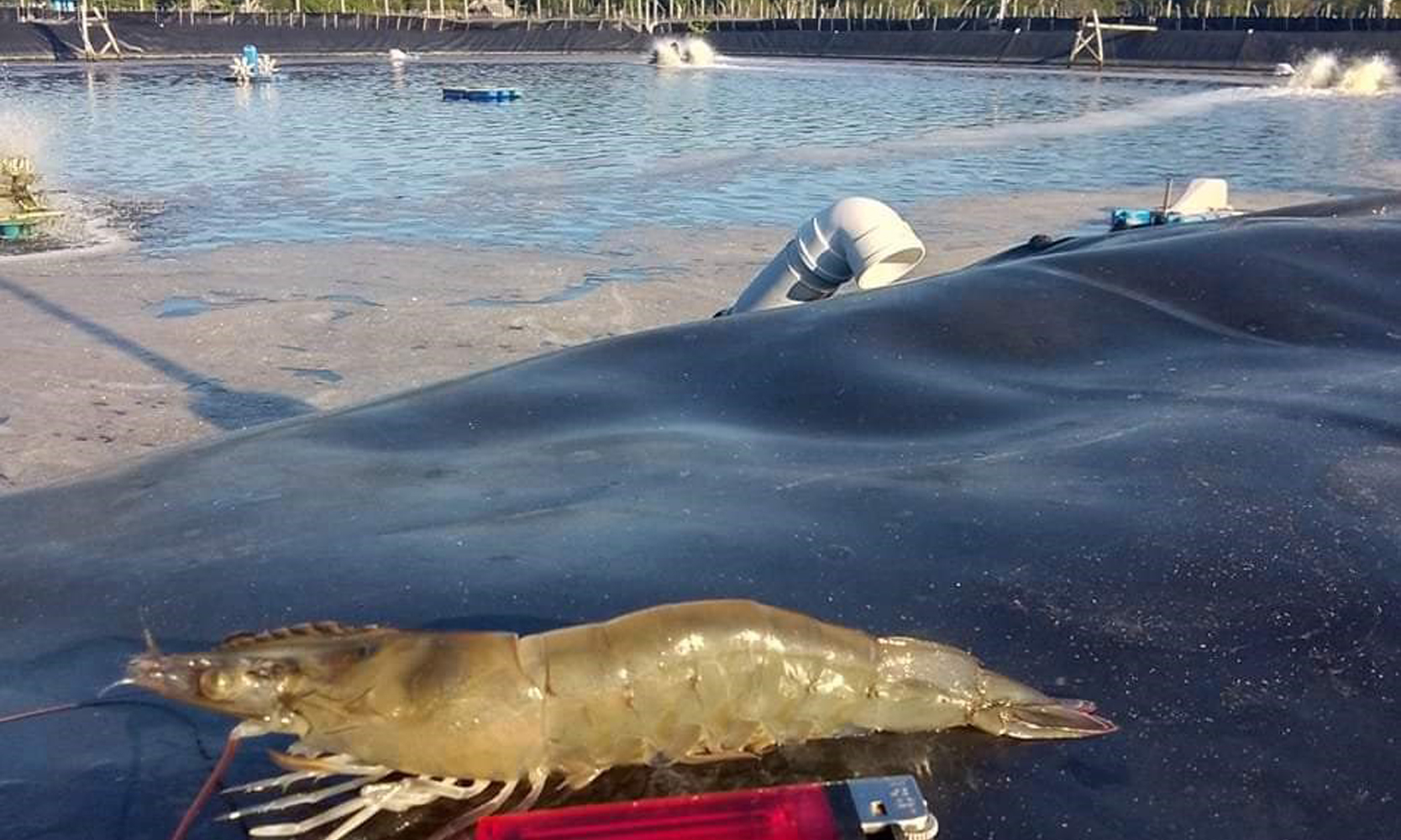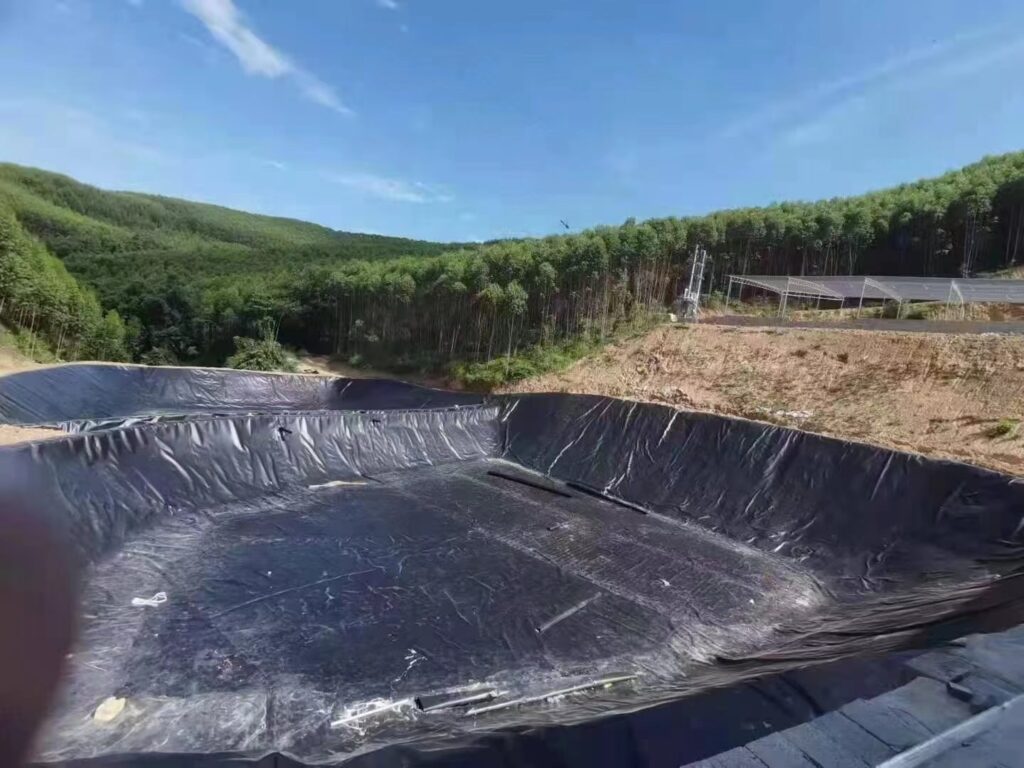
24 May How to Choose the Right Liner for Shrimp Pond
1.Shrimp Pond Liner Material Type:


- High-Density Polyethylene (HDPE): Known for its durability, chemical resistance, and UV resistance. HDPE liners are cost-effective and commonly used in aquaculture.
- Low-Density Polyethylene (LDPE): More flexible than HDPE but less durable. Suitable for smaller or less demanding applications.
- Polyvinyl Chloride (PVC): Offers good flexibility and ease of installation. However, it has lower durability and chemical resistance compared to HDPE.
- Ethylene Propylene Diene Monomer (EPDM): Highly flexible and durable, but more expensive. Ideal for ponds requiring complex shapes and long-term durability.
- Ethylene Propylene Diene Monomer (EPDM): Highly flexible and durable, but more expensive. Ideal for ponds requiring complex shapes and long-term durability.
2.Shrimp Pond Liner Thickness:
- Consider Pond Size and Depth: Thicker liners (e.g., 1.0 mm or 1.5 mm) provide better puncture resistance and durability, which is essential for larger or deeper ponds.
- Expected Wear and Tear: Thicker liners are better for ponds that will experience higher mechanical stress or where sharp objects may be present.
3.Environmental Conditions:
- UV Exposure: Ensure the liner material is UV-resistant to withstand long-term exposure to sunlight.
- Temperature Variations: Choose a liner that can handle the temperature fluctuations in your area without becoming brittle or excessively soft.
4.Chemical Resistance:
- Water Quality: Consider the pH and chemical composition of the water. The liner should be resistant to any chemicals used in pond maintenance or present in the environment.
- Feed and Waste: Ensure the liner can resist degradation from shrimp feed and waste products.
5.Ease of Installation:
- Flexibility: More flexible liners like PVC and EPDM are easier to install, especially in irregularly shaped ponds.
- Seaming and Repairs: Consider how easy it is to seam the liner pieces together and repair any damage that may occur.
6.Cost:
- Budget: Balance the initial cost with long-term durability and maintenance costs. A more expensive liner might save money in the long run due to fewer repairs and replacements.
- Installation Costs: Factor in the cost of installation, including any professional services required.
7.Manufacturer and Supplier:
- Reputation: Choose a liner from a reputable manufacturer known for high-quality products.
- Warranty and Support: Look for liners with good warranty terms and reliable customer support.
8.Environmental Impact:
- Eco-Friendliness: Consider the environmental impact of the liner material. HDPE and LDPE are generally considered more environmentally friendly compared to PVC.
Recommended Steps:
1.Assess Your Pond’s Requirements:
- Measure the size and depth of your pond.
- Evaluate the environmental conditions and water quality.

2.Research and Compare:
- Research different liner materials and brands.
- Compare specifications, reviews, and prices.
3.Consult with Experts:
- Talk to suppliers and aquaculture experts.
- Seek advice from other shrimp farmers who have experience with pond liners.
4.Sample Testing:
- Request samples from suppliers to test the material’s flexibility, durability, and ease of installation.
5.Installation Planning:
- Plan the installation process carefully, considering whether you will do it yourself or hire professionals.
Conclusion:
By carefully considering these factors, you can choose the right liner for your shrimp pond that will provide long-lasting performance and contribute to a healthy shrimp farming environment.


No Comments